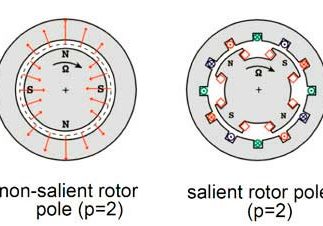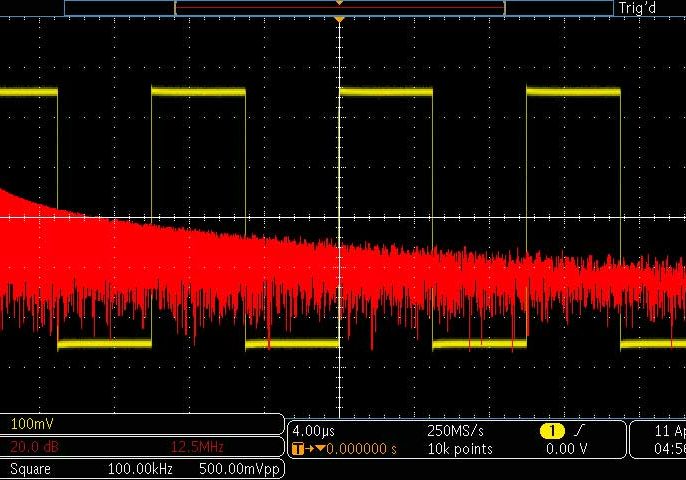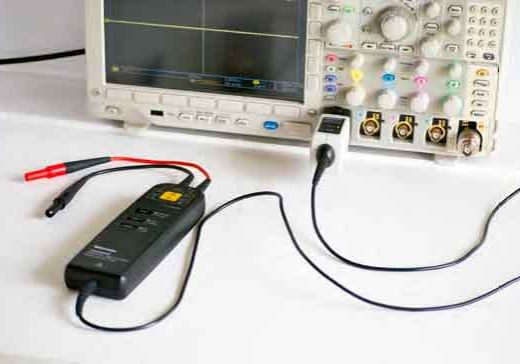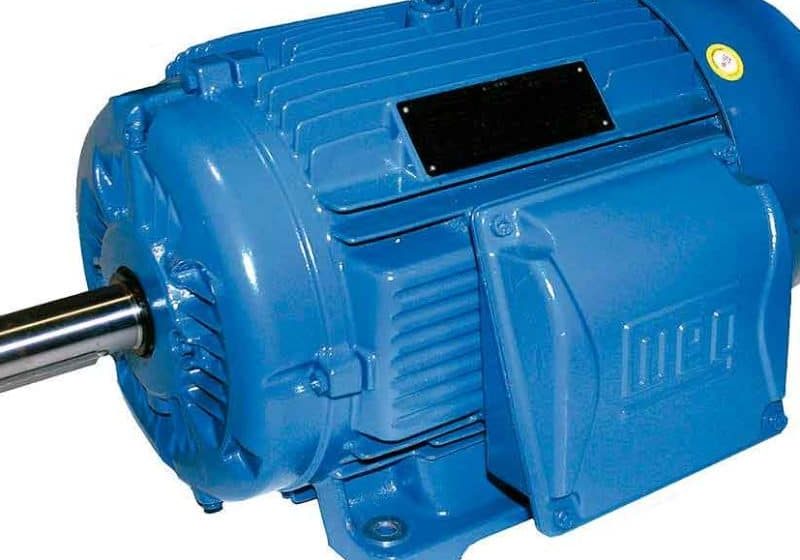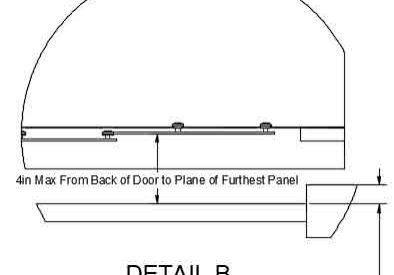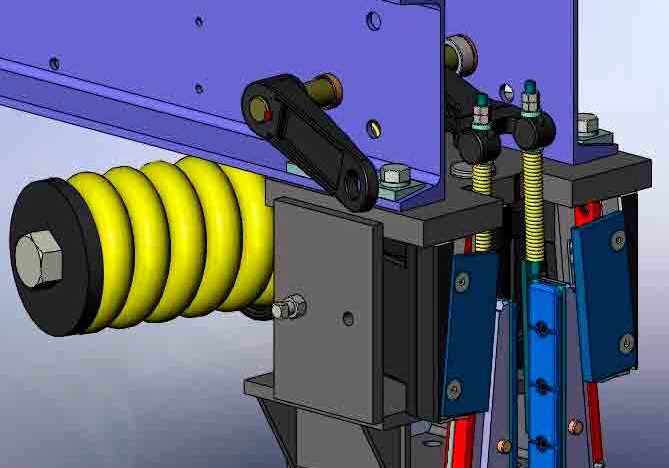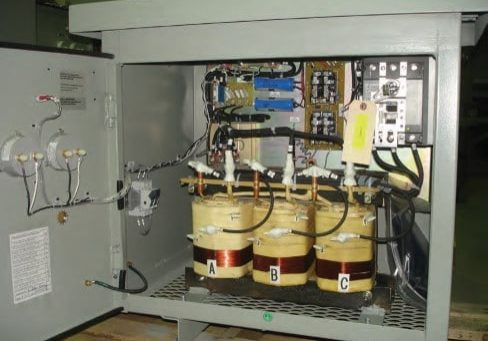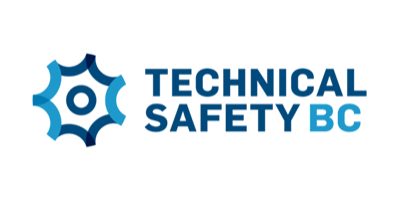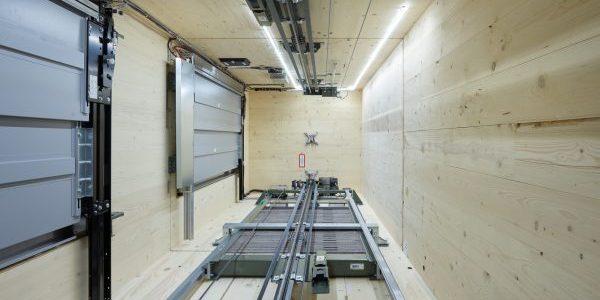Continuing Education
Motor Drive and Control
An introduction to major elevator drives, including history, fundamentals and the future This article is excerpted from your author’s upcoming book, The Elevator: From Basics to Calculus, which discusses key...
Instruments for Elevator System Debugging and Diagnosis
An overview of systems used in elevator electricals and useful tools that help troubleshoot them A spectrum analyzer resembles the more-familiar oscilloscope, but there are major differences. Both are very...
Fluke ScopeMeter
An examination of the handheld oscilloscope and how it can be used for troubleshooting a variable-frequency drive (VFD) Electronic engineers and technicians often spend a lot of their time in...
A17/B44 Type B Safety Stopping, Part Two
Learn about safety performance in free-fall in the second half of this Engineering series. Learning Objectives A basic understanding of the performance of Type B safeties in the free-fall mode,...
NEC Requirements for Electric Motor Installations
Background of and details on two-stage overcurrent design to allow motor loads to start without compromising overload protection When wiring a branch circuit or feeder for any electrical load, the...
Carriage Gates
History, codes and revised code-related design principles important for all North American tradespeople involved with private-residence elevators’ entrance safety devices This article is intended to help people in the trade...
Maintaining and Adjusting Variable-Torque Brake Controls
Important service for variable-torque brakes by Montgomery and its successors This article discusses the North American vertical-transportation industry’s most common variable-torque escalator and moving-walk brakes: Warner pin-drive armature brakes on...
A17/B44 Type B Safety Stopping, Part One
Learn about the combination safety stop and e-stop in the first half of this Engineering series. Learning Objectives After reading this article, you should:♦ Have developed a basic understanding of...
Traction Elevators: A Comparative Study on Wire Rope Stretch
Evaluating the phenomenon and what to expect in a new installation Due to the exponential growth of related technology and an increased desire for vertical transportation to achieve higher rises,...
Rectification
An examination of the necessary components for such elevator-related technology as VFDs Thomas Edison’s first electrical distribution systems starting in lower Manhattan, New York, were DC, but AC quickly gained...
